- News
- Reviews
- Bikes
- Components
- Bar tape & grips
- Bottom brackets
- Brake & gear cables
- Brake & STI levers
- Brake pads & spares
- Brakes
- Cassettes & freewheels
- Chains
- Chainsets & chainrings
- Derailleurs - front
- Derailleurs - rear
- Forks
- Gear levers & shifters
- Groupsets
- Handlebars & extensions
- Headsets
- Hubs
- Inner tubes
- Pedals
- Quick releases & skewers
- Saddles
- Seatposts
- Stems
- Wheels
- Tyres
- Tubeless valves
- Accessories
- Accessories - misc
- Computer mounts
- Bags
- Bar ends
- Bike bags & cases
- Bottle cages
- Bottles
- Cameras
- Car racks
- Child seats
- Computers
- Glasses
- GPS units
- Helmets
- Lights - front
- Lights - rear
- Lights - sets
- Locks
- Mirrors
- Mudguards
- Racks
- Pumps & CO2 inflators
- Puncture kits
- Reflectives
- Smart watches
- Stands and racks
- Trailers
- Clothing
- Health, fitness and nutrition
- Tools and workshop
- Miscellaneous
- Buyers Guides
- Features
- Forum
- Recommends
- Podcast
£79.99
VERDICT:
Good way to carry and charge a wireless-charging-enabled phone, while navigating
Weight:
77g
Contact:
At road.cc every product is thoroughly tested for as long as it takes to get a proper insight into how well it works. Our reviewers are experienced cyclists that we trust to be objective. While we strive to ensure that opinions expressed are backed up by facts, reviews are by their nature an informed opinion, not a definitive verdict. We don't intentionally try to break anything (except locks) but we do try to look for weak points in any design. The overall score is not just an average of the other scores: it reflects both a product's function and value – with value determined by how a product compares with items of similar spec, quality, and price.
What the road.cc scores meanGood scores are more common than bad, because fortunately good products are more common than bad.
- Exceptional
- Excellent
- Very Good
- Good
- Quite good
- Average
- Not so good
- Poor
- Bad
- Appalling
The SKS Compit+ Smartphone Holder with +Com/Unit Wireless Charging Station lets you power your wireless-charging phone with no cables for all-day navigation. Holding your phone/device securely, modular and expandable, it's pretty good, though it does have a few annoying foibles.
- Pros: Part of the excellent SKS Compit modular ecosystem, QI wireless charging, NFC-enabled, can charge other things via USB, can use as generic battery pack for non-bike use
- Cons: Takes 7 hours to charge, erratic charging display indication, need to restart wireless charging if phone removed, input and output current mislabelled
Large displays, waterproofness, GPS, better apps and ever-growing battery life are all reasons why cycle navigating by phone is now pretty much mainstream. Why faff about with a £500 Garmin when your phone can do the job with far less mucking about with GPX files and whatnot? Apps such as Viewranger, Komoot and Google Maps are making on-phone on-the-fly route planning and following dead easy in cities or the countryside. But how do you keep the juice topped up?
> Find your nearest dealer here
SKS has answered that question with its Compit+ ecosystem of mounts, phone cases and now a battery pack that can charge your phone wirelessly using the ubiquitous QI standard, as well as charging other things by USB cable.
We reviewed the underlying Compit mount and smartphone case here so head over there for the lowdown on the mount and case. The Wireless Charging Station (let's run with 'WCS' from now on) is the bit that clips in between the mount and your phone, doubling its battery life and letting you power other USB things like lights or a GPS computer. It's this battery that's the focus of this review.
It's available by itself for £59.99 if you already have the mount, or with the mount pack as priced above. The phone case is extra.
Battery basics
Measuring 13 x 7 x 2cm, it's about phone size and a bit thicker, weighing 194g by itself, about the same as an iPhone XS. On one side is a male Compit quarter-turn mount, on the other side a female mount – so you can see how it fits in between the bar mount and smartphone case.
On the female side there are two metal contacts that allow the WCS to be charged through the mount, which in turn gets its power from an e-bike head unit USB port. So if your bike is USB-equipped, you can keep both your phone and the WCS 100 per cent charged as you ride along.
The e-bike version with the USB cable comes with a specific mount that you attach the e-bike head unit to, but it's restricted to Bosch Intuvia or Nyon head units. SKS has yet to announce if it will sell a generic version that includes a USB cable that could be wired to a dynamo hub or other e-bike head units.
> For more e-bike tips, head over to… e-bike tips
The WCS is a 5,000mAh battery. I measured around 4,900mAh input power over repeated charge-discharge cycles – but what's on the tin doesn't equal what you get to use. When you use a USB battery pack there's energy lost in both charging and discharging, as the internal cells are 3.7V but USB is 5V. Also, wireless charging isn't 100 per cent efficient, so the conversion to and from wastes power. This means that 5,000mAh on the SKS tin actually gives you a usable 2,625mAh inside your phone. If, like me, you run an iPhone XS, that's pretty much exactly the installed battery capacity. So a fully charged WCS will double your phone's run-time.
You can improve this a bit by charging your phone using a USB cable (optional extra from SKS or BYO) but the additional win isn't that much. Using the USB port you'll get 3,450mAh of usable juice out.
The input and output currents are both labelled as 2A, but I could never get them to run at more than 1A – no matter what charger, or charged device I was using.
On the WCS there's a four-bar orange LED row showing charge states from 25 to 100%. The 100% one is pretty useless, as it's literally 100% – the moment you use any power it goes out. It takes about seven hours to charge from flat, with the scrolling charging indicators not representing a true reflection of the charged state. A few times I left it charging overnight, with the bars still scrolling from 50 to 100%; when unplugged and replugged in in the morning it then jumped to 100% and stayed there.
Power to your phone
Charging my iPhone XS wirelessly from flat took three hours, with pretty much a 1-1 transfer of power from WCS to phone. As a non-bikey aside, I used it on a business trip as a battery bank and found the ability to keep the phone clipped to it really handy – no dangling cable and separate battery to faff with.
The WCS is IP54-rated, meaning it'll handle dust and splashing water ('rain') and the USB ports have snug rubber covers over them – in fact a bit too snug, as you'll never get them open with gloves on. USB is unlikely to give you issues if it gets a bit damp, and you can always orientate the WCS to keep the ports out of the weather.
There's a single black button, which turns the WCS on with a brief press and off with a long press. Once on, the bars illuminate, showing the battery level, and if you don't attach a phone or plug in a USB device the WCS shuts down after 30 seconds. The blue wireless charging LED goes out if no wireless device is connected, to save power while USB-only is in use.
If you are wirelessly charging your phone and remove it – say, to take a photo – you have 30 seconds to click it back on, or the WCS turns off wireless charging. You need to manually re-enable charging by pressing the button, which I forgot to do on more than one occasion.
You can charge wirelessly with your phone in either orientation – aligned with the WCS, or at right-angles to it.
It's the same deal for the USB port – it's on by default for about two minutes, after which it turns off and you need to enable with a button press. If you subsequently remove a device for more than two minutes you need to re-enable it with a push of the button.
Charge!
SKS has done a pretty good job of predicting use cases here, and you are able to charge the WCS, while charging a phone wirelessly AND charging other things via the USB port. All The Chargings, if you like.
> Buyer's Guide: 26 of the best smartphone cycling apps
There's an NFC (near-field communication) chip in the WCS, and if you have an NFC-enabled phone there's functionality that can be enabled using apps that can automate tasks. I was able to set up my phone to open the Viewranger mapping app when replacing the phone on the WCS after taking a photo, for example. With FaceUnlock it was possible to have the phone do this with no touching the screen at all – very handy for winter rides wearing multiple layers of gloves.
Out on a number of long gravel rides through forestry I had the Viewranger app running full-time, showing me upcoming turns and distances. I also had an Exposure Joystick light running in daytime flash mode, charging off the USB port. As you'd expect, after a few hours the battery capacity had decreased commensurate with the drain from the light as it used its own battery and charged up, and the phone doing the navigation as well as its own 3G data stuff. After two hours' riding, starting with a part-charge, my phone had actually charged itself up to 80 per cent, while running a bright screen, GPS and so on. The WCS was down to about 50 per cent.
Clearly, actual run-times and charge capacity will vary depending on how charged you are at the start and what you're using, but fundamentally the WCS lets you go further than you'd otherwise have done, and if you need serious capacity you could always have a separate battery in a frame bag to charge it up via micro USB. SKS doesn't advise either way, but in theory there's nothing stopping you plugging in a well-regulated 5V USB feed from a dynamo hub to keep things going indefinitely. The WCS acting as the weatherproof wireless charging bridge and storage could be a great solution for touring, assuming your dynamo output is properly regulated to avoid damaging the WCS.
> How to go bikepacking: A beginner's guide
The SKS Compit+ Wireless Charging Station is a robust, multifunctional device that can form the heart of your on-bike power system. There are a few niggles and things to be aware of, but overall it's a good solution to the perennial problem of how to keep juiced up on the go.
Verdict
Good way to carry and charge a wireless-charging-enabled phone, while navigating
road.cc test report
Make and model: SKS Compit+ Smartphone Holder with +Com/Unit Wireless Charging Station
Size tested: Fits handlebars from 22.2-31.8mm
Tell us what the product is for and who it's aimed at. What do the manufacturers say about it? How does that compare to your own feelings about it?
It's for people wanting to keep a wireless-enabled phone and other stuff charged through long days of riding.
SKS says: "More power, more security, more comfort. The one of a kind, easy to use COMPIT unites multiple functions into one central, compact system: smartphone holder, Qi-certified +COM/UNIT for inductive smartphone charging with integrated NFC chip, as well as an additional front holder for a light or action camera. All of the functions you could wish for in one integrated holder. Smartphone cases with special attachment hardware or a universal attachment can be ordered optionally.
"The COMPIT+ system consists of a smartphone holder and Qi-certified +COM/UNIT with integrated NFC chip. Every mobile device equipped with a cordless charging function can be connected with the Qi-certified +COM/UNIT and charged on the go – at any angle and with in use. Attach with a twist via the oversized bayonet mount.
"The smartphone holder for all conventional handlebars and front-end combinations holds your smartphone safely and securely even in extremely rough terrain. With a twist, you can affix your smartphone horizontally or vertically thanks to the oversized bayonet attachment and can move it into the desired position by adjusting the angle."
Tell us some more about the technical aspects of the product?
From SKS:
Handlebar Ø 22,2 · 25,4 · 31,8 mm
NOTE! Requires smartphone cover.
QI-CHARGER The Qi-certified +COM/UNIT charging station allows you to charge your smartphone wirelessly while riding – at any angle and with simultaneous use. Mobile devices that are not equipped with wireless charging can be connected and charged via the USB connection on the +COM/UNIT.
NFC-CHIP (NEAR FIELD COMMUNICATION) With NFC-capable smartphones, the NFC chip integrated into the +COM/UNIT can be equipped with various functions, such as the SKS MYBIKE-app.
FEATURES
– battery capacity: 5000 mAh
– Qi – Wireless transmission power: 5W
– USB – Output: DC 5V/2A
– USB – Input: DC 5V/2A
– NFC – Chip: NTAG 216, 924 Byte
– weatherproof: IP54
Rate the product for quality of construction:
8/10
Built with typical SKS quality.
Rate the product for performance:
7/10
The battery performance is average for the size – I'd hoped for more usable capacity out of a device this large.
Rate the product for durability:
8/10
It's still going exactly as new.
Rate the product for weight (if applicable)
6/10
Overall it's close to half a kilo on your bars, mount, battery, phone and case. Don't think there's much to be done about battery weight given technology right now.
Rate the product for value:
5/10
The overall package represents great functionality for the £80 sticker price.
Tell us how the product performed overall when used for its designed purpose
Once I'd worked out the ins and outs, it suited my needs well.
Tell us what you particularly liked about the product
The mount security and wireless charging. And the NFC integration.
Tell us what you particularly disliked about the product
Charging indication inaccuracy.
Did you enjoy using the product? Yes
Would you consider buying the product? Yes
Would you recommend the product to a friend? If they needed to charge wirelessly, yes.
Use this box to explain your overall score
I'd like to see SKS fix the charge display accuracy, and maybe lengthen the intervals before things auto-off. A big plus would be getting the charge and discharge current rates up to the advertised 2 Amps. Given all this I'd say it's 7 out of 10: good first crack but could do better.
About the tester
Age: 46
I usually ride: Merida Ride 5000 Disc My best bike is: Velocite Selene
I've been riding for: Over 20 years I ride: A few times a week I would class myself as: Expert
I regularly do the following types of riding: cyclo-cross, club rides, general fitness riding, mountain biking, Dutch bike pootling.
Living in the Highlands, Mike is constantly finding innovative and usually cold/wet ways to accelerate the degradation of cycling kit. At his happiest in a warm workshop holding an anodised tool of high repute, Mike's been taking bikes apart and (mostly) putting them back together for forty years. With a day job in global IT (he's not completely sure what that means either) and having run a boutique cycle service business on the side for a decade, bikes are his escape into the practical and life-changing for his customers.



















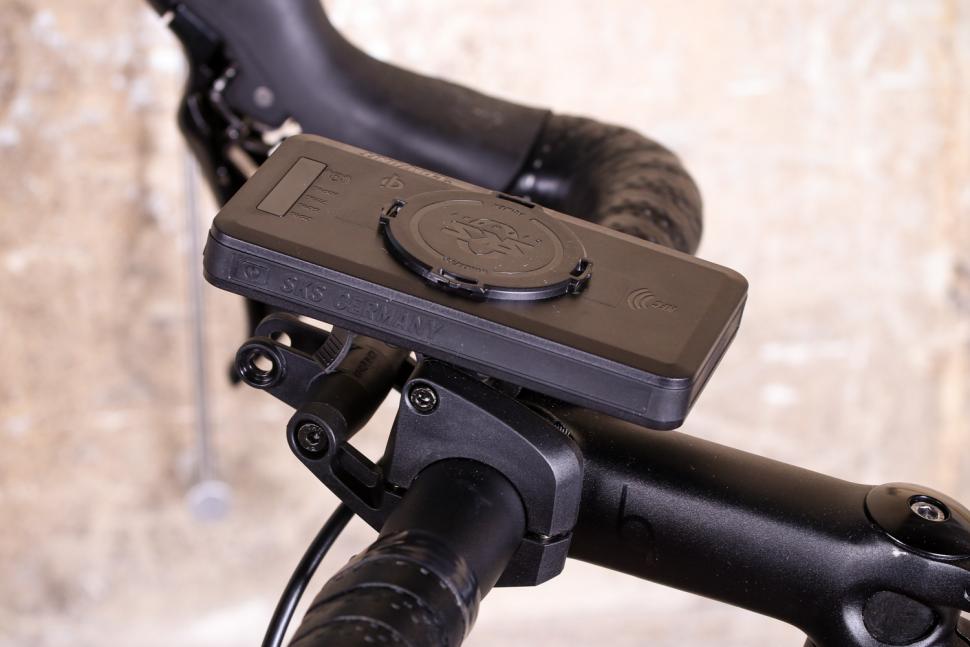
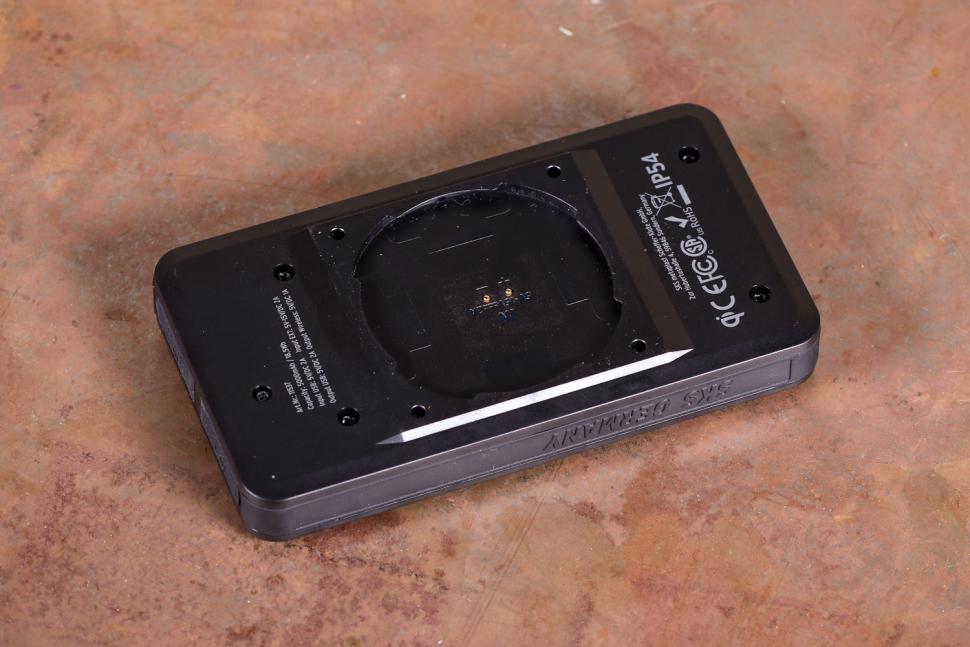

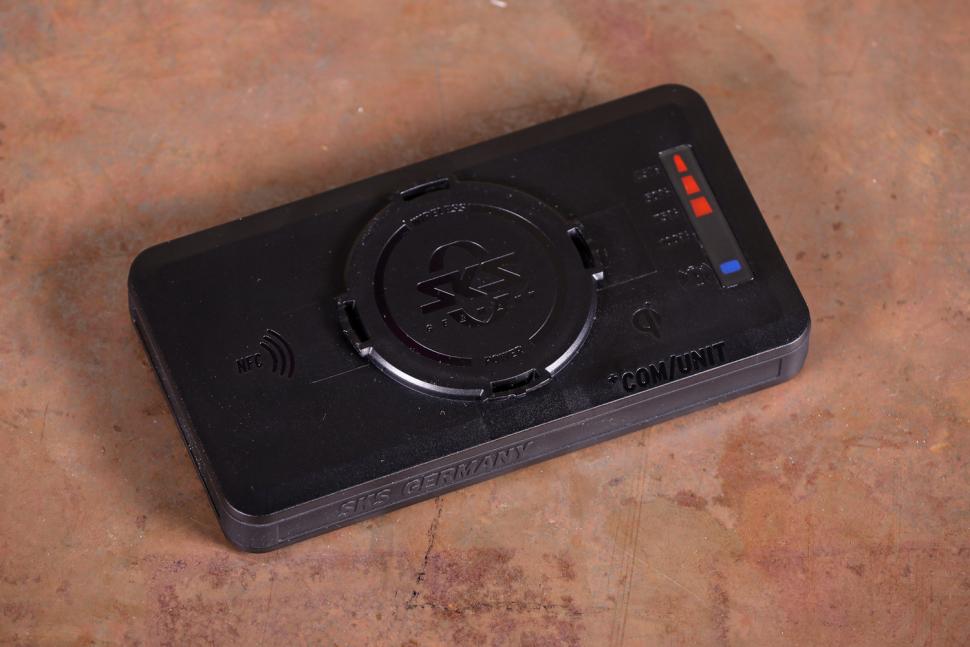


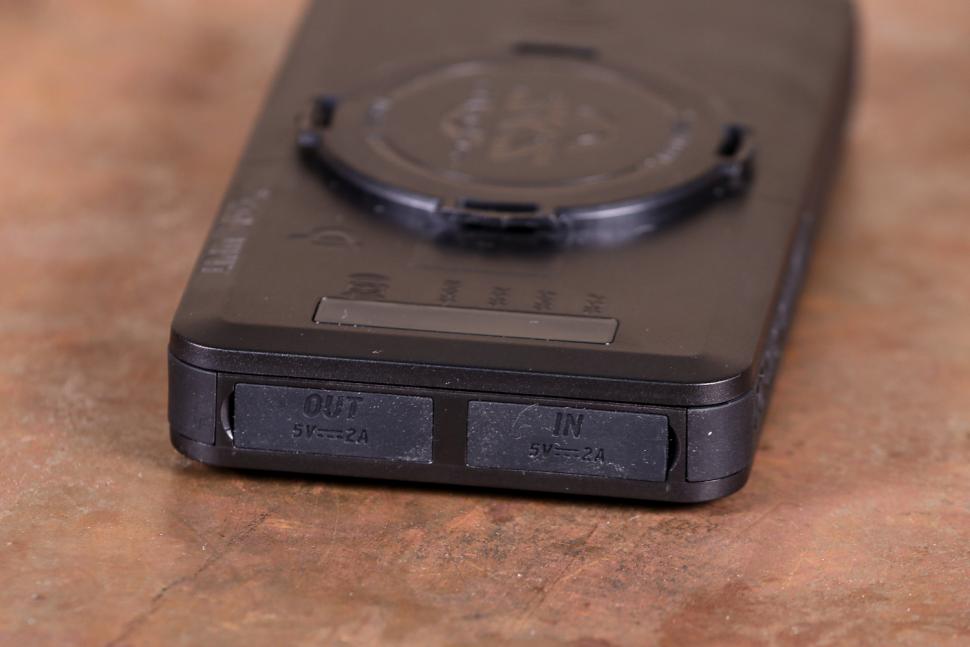
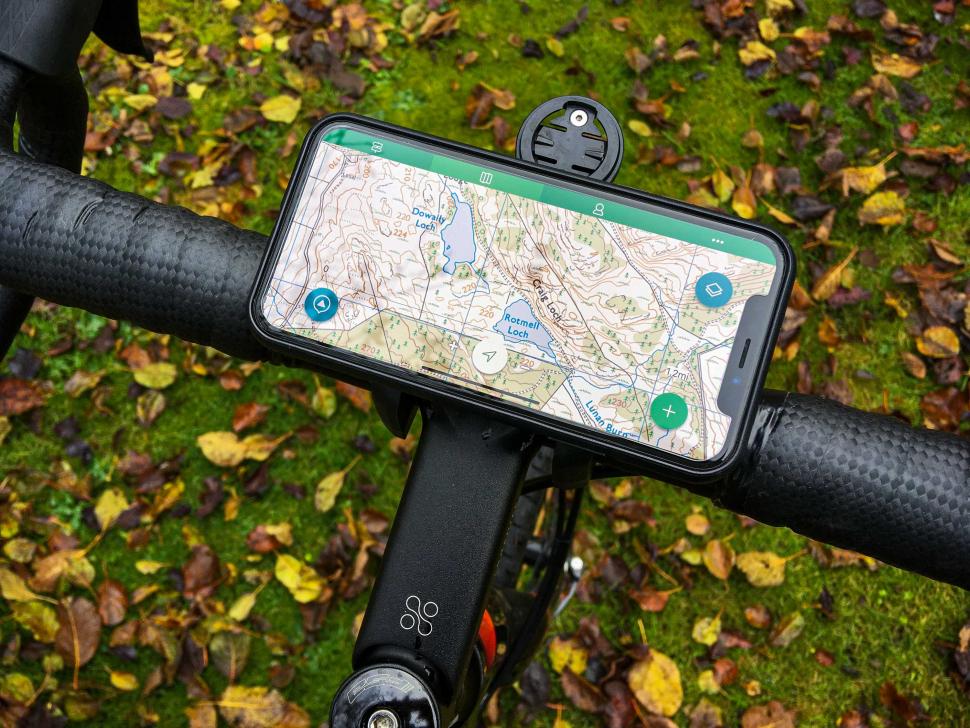
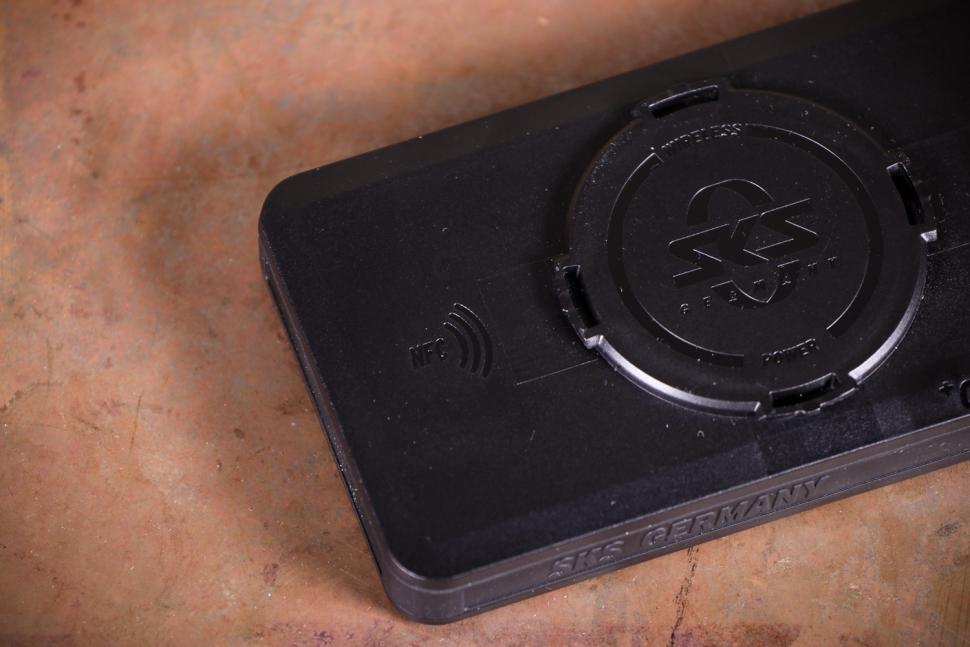
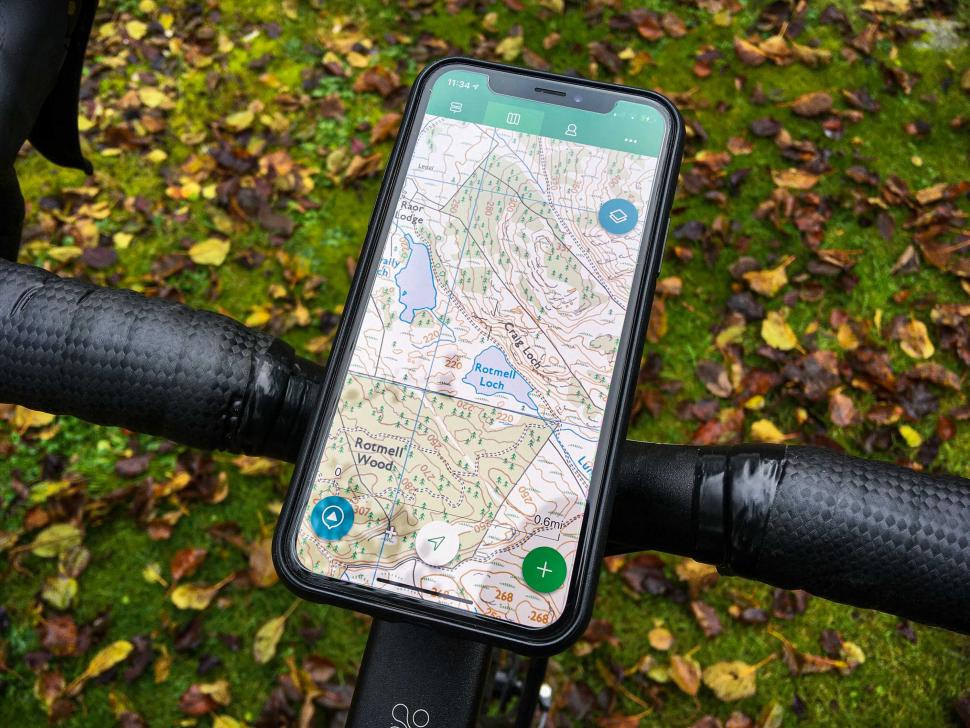
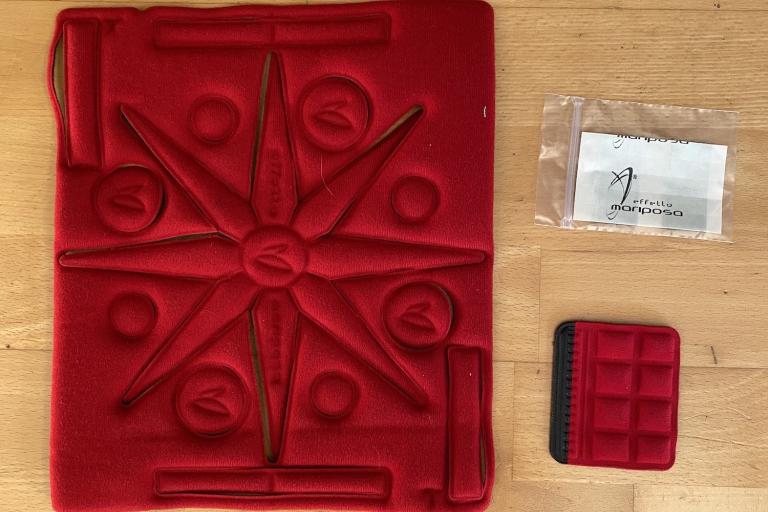
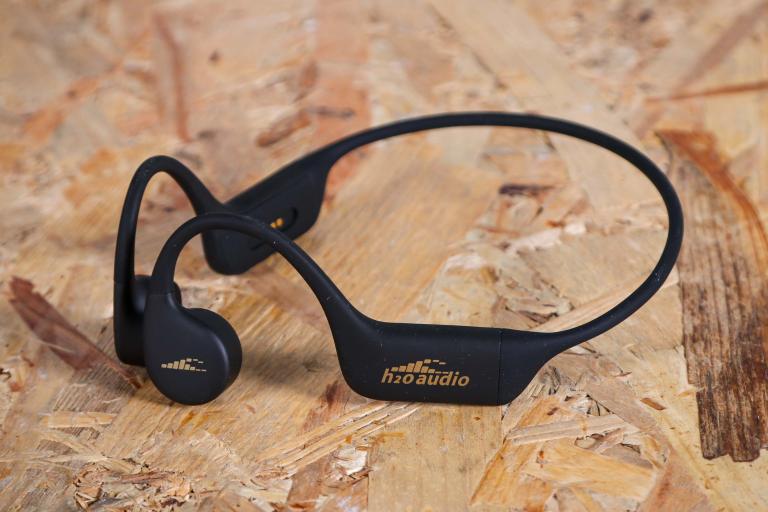
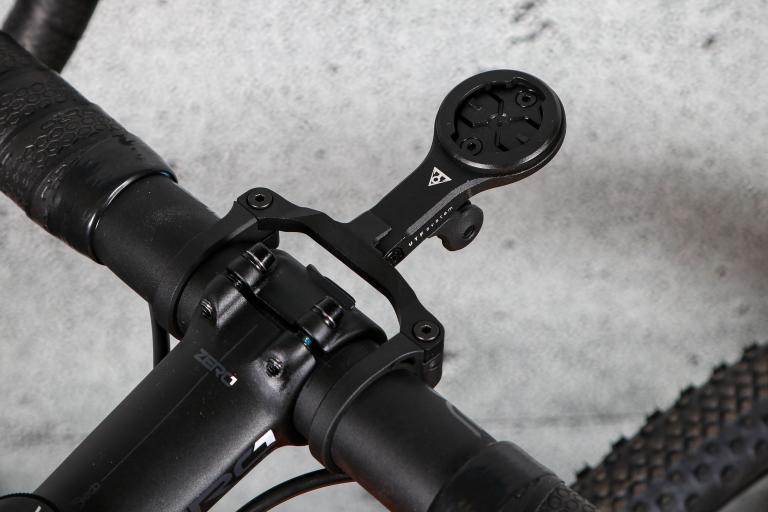
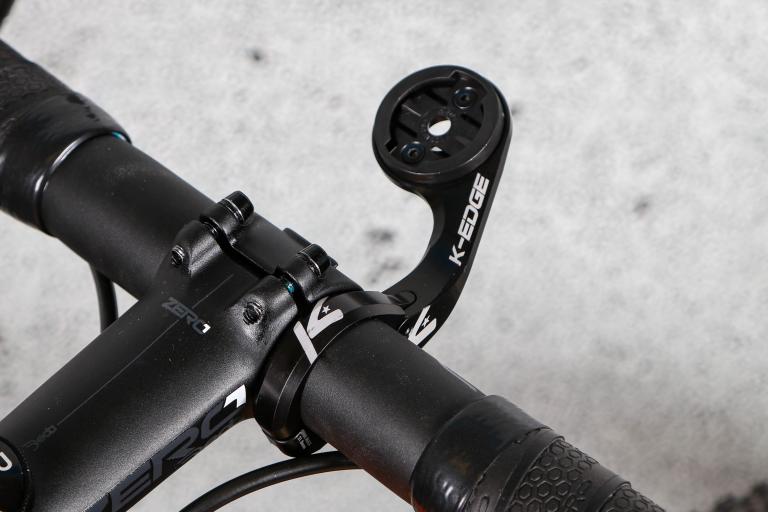
There is CCTV in very many places in the UK. A charge of criminal damage wouldn't look good for job prospects and would also make travelling...
Robin Phans .....
It's a swan uprising. (As opposed to a swan upping, which is a different thing altogether.)
Egan Bernal always seems to be recovering from a life threatening happening!
"Complainer" in Scottish law is simply the legal term for the person who alleges that a criminal offence has been committed against them, the...
How about requiring all driving to be monitored using technology that has been available for at least 10 years? ...
Well it would be irresponsible enough if there were only cars and buses, if there are going to be "cars, buses and traffic" that's just suicidal...
It's always the same... People who don't even ride bikes, are the one's crying about change too there precious roads. Let's not bother asking...
There are two British Standards for HiVis Garments BS EN 471 and BS EN 1150. The BS EN 1150 standard is designed for personal / leisure wear and is...
The difference would be the administration of a (potentially) "noxious substance" (in the eyes of the law) to the thief....